C-beauty in 2023: A New Competitive Landscape
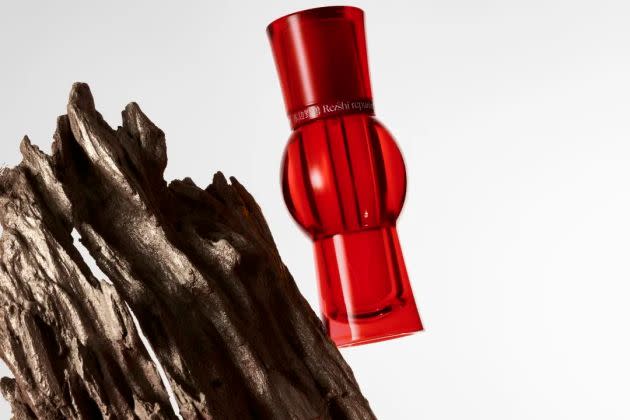
SHANGHAI — China’s C-beauty market is heating up.
Via rapid product development and lifestyle-driven marketing tactics, combined with “social selling” initiatives, C-beauty brands are edging into the masstige and even prestige sectors, which have long been dominated by global giants.
More from WWD
Leading the pack, top C-beauty players such as Yatsen Holding, Botanee, Bloomage and Shanghai Jahwa have made a push in the premium segment through launching new brands or acquiring Western ones.
In 2022, Botanee released an antiaging skin care brand called Aoxmed that ranges in price from 1,000 renminbi, or $145, to 2,000 renminbi, or $290, while Bloomage, a leading hyaluronic acid producer in China, has become known for its 400 renminbi, or $58, Biohyalux ampoule essence.
During Yatsen’s fourth-quarter earnings call, the company highlighted “robust growth” at Eva Lom, Galénic and Dr. Wu, which the company acquired over the past few years.
There’s much to play for in China’s beauty market despite COVID-19 lock downs hampering the likes of the Estée Lauder Cos. last year. As the largest market for skin care and second largest for color cosmetics, China‘s beauty market brought in $49 billion in 2022, and is projected to benefit from a post-COVID-19 recovery throughout 2023, according to a study by Euromonitor International.
What’s more, China’s premium sector, bench marked against South Korea‘s 53 percent and Japan‘s 56 percent, is well-positioned to reach 51 percent of the overall market by 2027, Bernstein predicted.
Paul Ma, general manager at WGSN China, observed that despite inflationary pressure in the global economy, high-end skin care products are steadily gaining popularity, “with some consumers going out of their way to buy products they believe will produce good results.”
Young shoppers, in particular, have become early adopters of C-beauty brands, according to data from CBNdata, which showed that for e-commerce, more than 40 percent of Gen Z shoppers have introduced C-beauty products in their daily skin care routine in 2021.
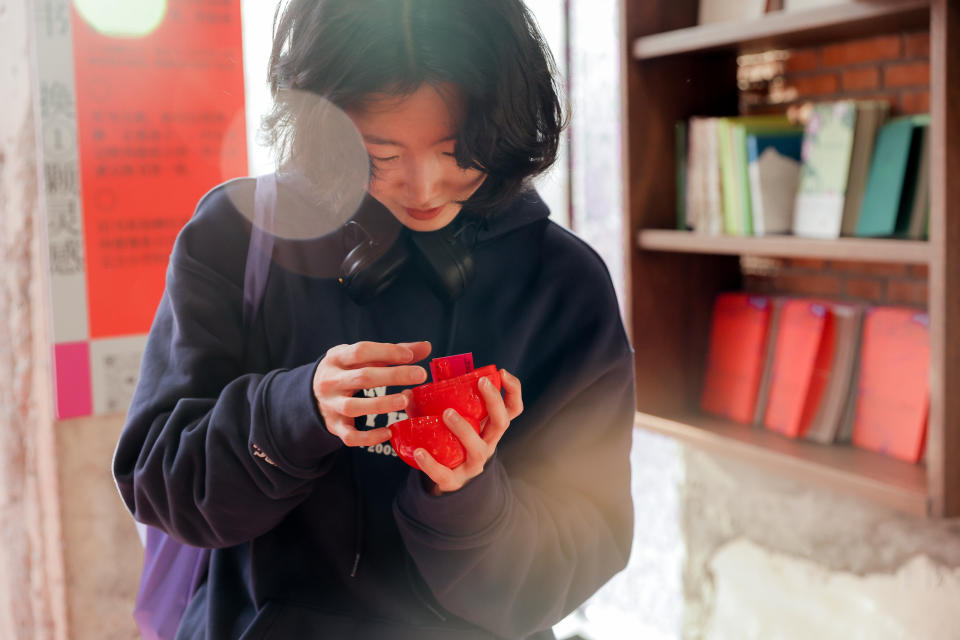
As part of this, local brands have realized that research and innovation capacities will enable the next stage of growth. For the first three quarters ending September 2022, Yunnan-based Botanee increased R&D spending by 85 percent to 126 million renminbi, or $18 million, compared to the same time last year. At the Hangzhou-based beauty giant Proya, R&D expenses increased 81 percent year-over-year to 95.37 million renminbi, or $13.8 million.
During Yatsen Holding’s recent earnings call, the company announced the hiring of a new chief scientific officer, Jing Cheng, who has served in various senior research positions at Estée Lauder for the last 17 years. For 2022, Yatsen increased R&D spending to 3.4 percent of total net revenues from 2.4 percent for 2021, in line with global players such as L’Oréal and Shiseido.
L’Oréal, the largest beauty group in terms of market share in China, also unveiled plans to expand its research capacity in China this year, particularly its dermatological beauty division.
“Our main strategy is to focus on promoting dermatological skin care and scalp care products,” said Angie Ma, vice president of L’Oréal China and general manager of the L’Oréal dermatological beauty division.
But while R&D capabilities are increasing in China, there is still far to go. Yang Hu, insight manager of health and beauty at Euromonitor, said, “At this point, core active ingredients that build up a brand or even a beauty group is yet to be found in a C-beauty brand, it is still controlled by foreign ingredient suppliers or foreign beauty groups. There is still an obvious gap between local beauty brands, both big and small, compared with global players.”
David Zheng, a beauty influencer whose online alias “Sophisticated Uncle” has more than 2.2 million followers on Xiaohongshu and Douyin combined, added that “global beauty conglomerates still hold a dominating position for popular ingredients featuring retinol and Proxylane,” but he believes local players still have a chance. “They are racing to cook up peptide-related formulations.”
Hu agreed that C-beauty companies are getting better at playing catch up. “We have seen a wave of local talents who have brought their knowledge and experience at global conglomerates to local companies. Governmental policy is also encouraging domestically made ingredients, which can help close the gap in core technologies, such as owning a star ingredient.”
Indeed, according to China’s National Medical Product Administration, cosmetic companies have been asked to provide efficacy test data for finished products and provide academic literature to back up their product function claims since early last year.
This year, the regulation has broadened its scope to control misleading advertising by social media influencers.
Based on a survey conducted by Mintel of 2,913 female Chinese netizens aged 18 to 59, 73 percent expressed interest in knowing beauty ingredients, which means “ingredient junkies” are going mainstream.
Nascent C-beauty brands have taken note, becoming increasingly aware of the power of a scientific and ingredient-driven brand proposition.
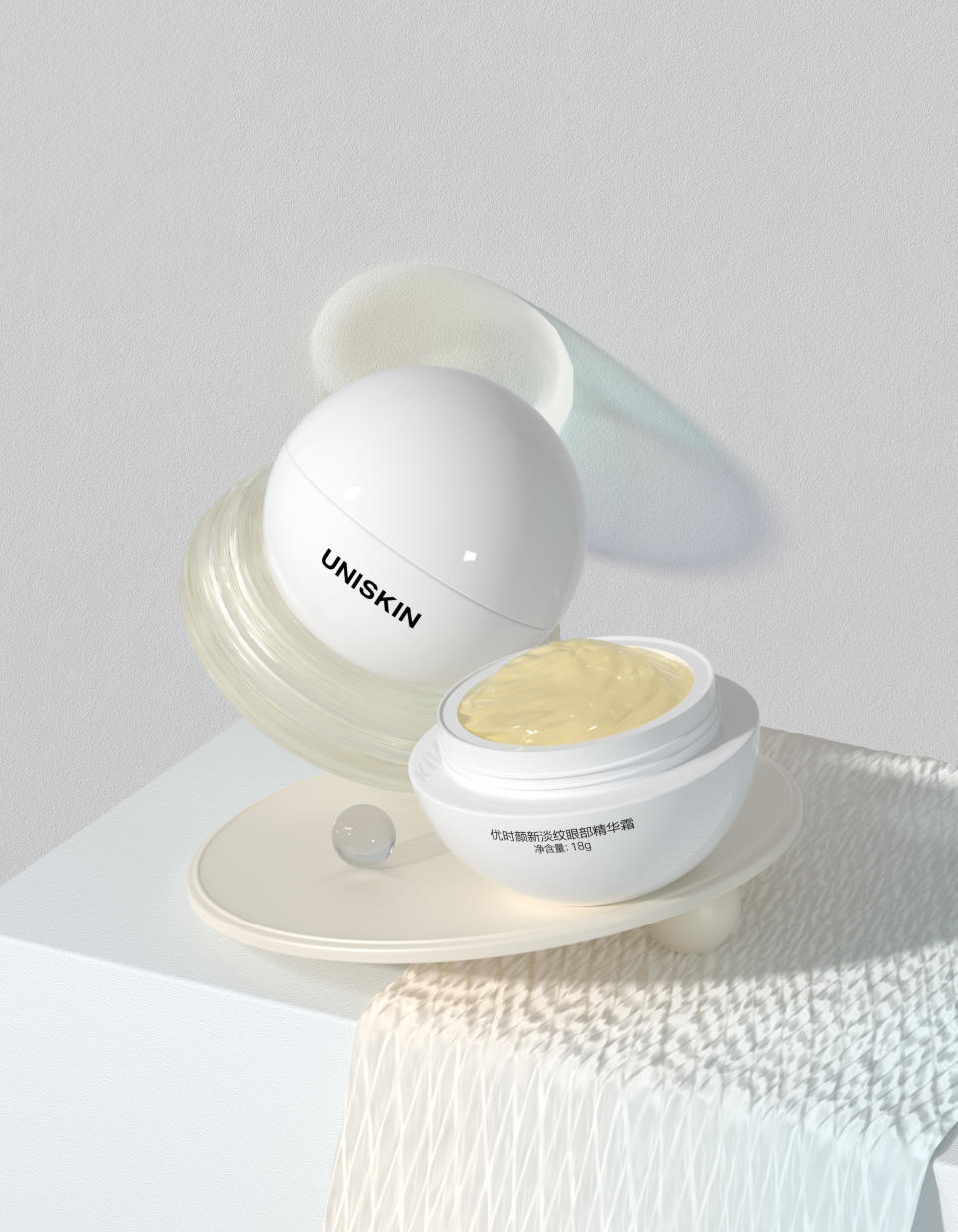
Take Uniskin as an example. In late 2021, the brand upgraded its top-selling eye cream with the active ingredient Lapagyl, a botanical extract produced by the U.S.-based supplier Lubrizol and made exclusively available for Uniskin in the mainland China region.
“We believe that our competitive edge comes from the creation of a signature ingredient, which is also a way to develop a sense of trust with our customer base,” said Damon Yang, Uniskin’s marketing director.
A Shanghai-based skin care brand founded in 2018 by Du Le, a former surgeon, Uniskin’s research spending reached 3 percent of total net revenue in 2022.
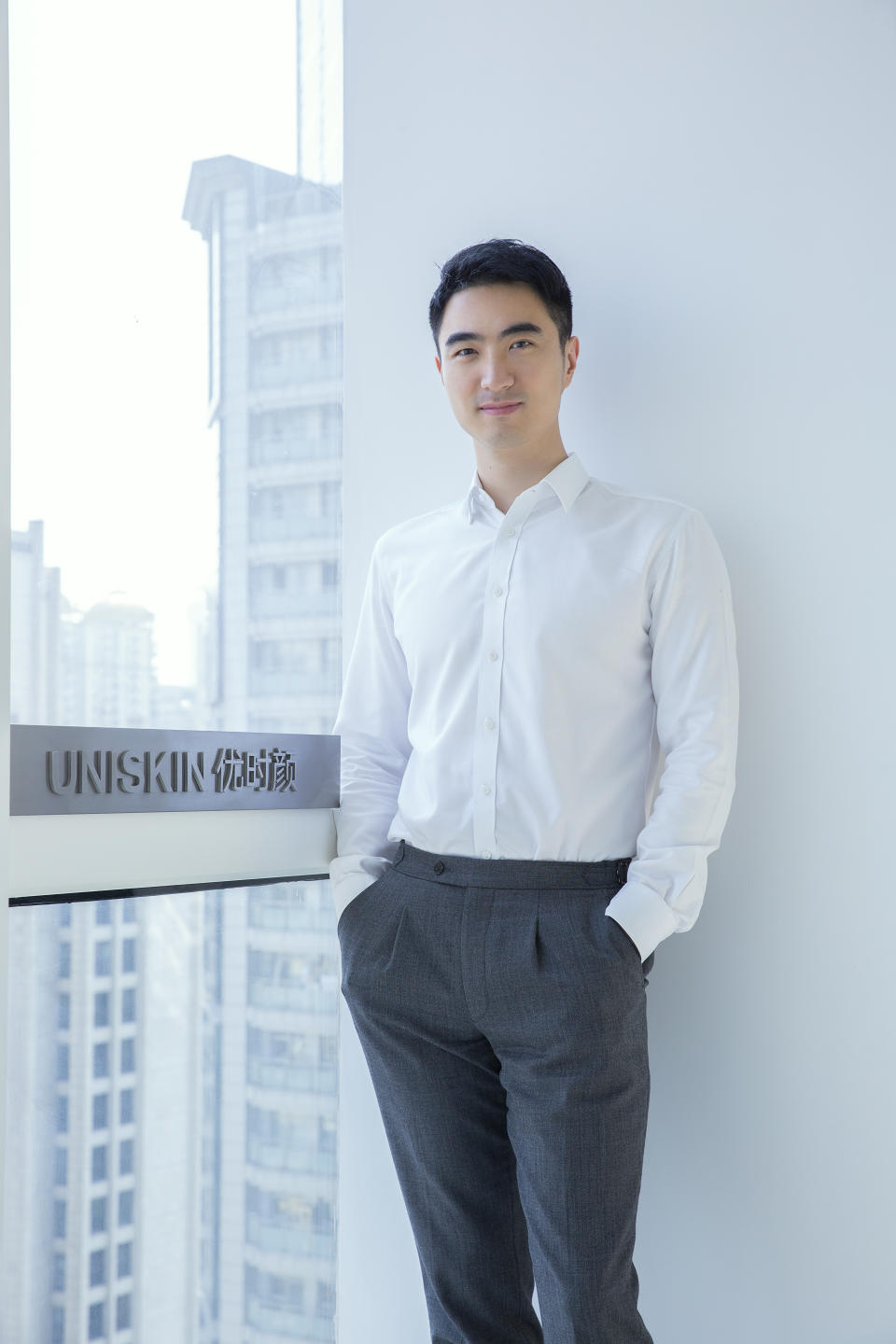
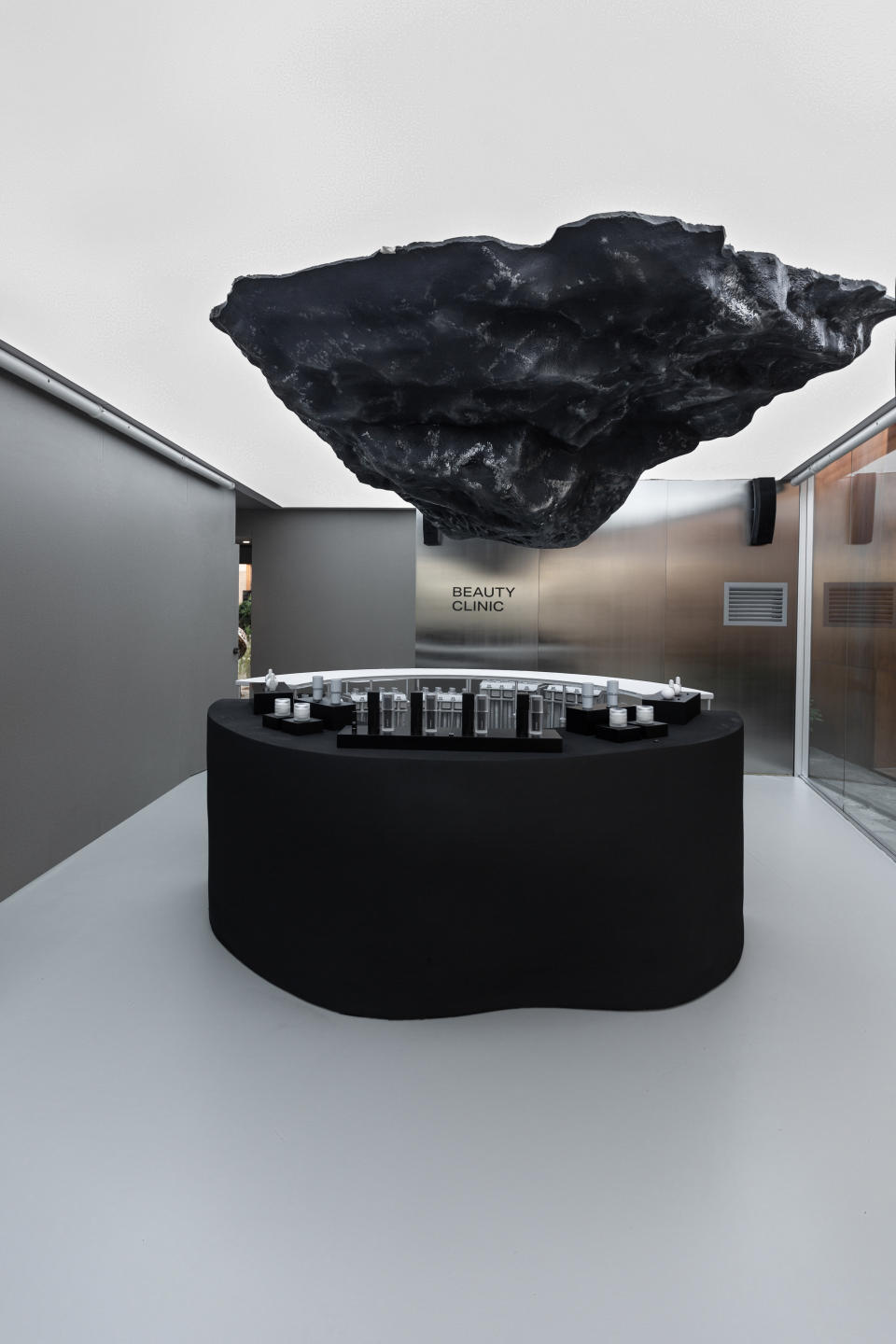
Uniskin is working with the Beijing-based research institute China Anti-Aging Promoting Association and Chinese universities to study Chinese skin typology, which will culminate in the publishing of a “Chinese Skin Aging Evaluation Standard.”
Last February, by working with Zhejiang University, Uniskin developed an ingredient called “Gravi-A,” which contains two retinol derivates that is said to cause less irritation.
The finding was published in a peer-reviewed scientific journal, for which Uniskin hosted multiple sharing sessions with industry insiders to discuss the brand’s efficacy claims.
At Herbeast, research has been centered around Reishi, a rare fungus that the company used a biopharmaceutical technology to extract. The rare herb has become the star ingredient in its Repairing Oil Serum product, which costs 468 renminbi, or $68.
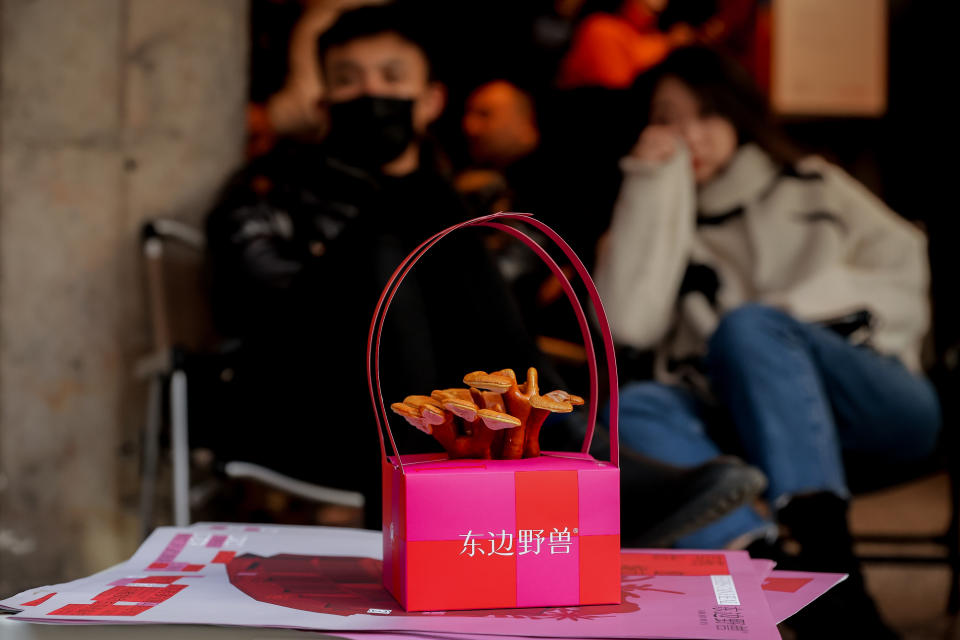
The mastermind of the product is Yanjing Bai, who was the former head of green ingredient development at L’Oréal. Yan heads up Herbeast’s “Herb Lab,” which continues to explore active ingredients rooted in traditional Chinese medicine.
A two-year-old skin care brand founded at the height of the COVID-19 pandemic, Herbeast closed a 100 million renminbi, or $14.5 million, round of Series A funding last February, led by CTG Evergreen Investment Z One Limited.
The brand also boasts a content creation arm that publishes glossy magazines to explore human-interest stories behind herbal ingredients. Dubbed Herbeast’s “Media lab,” the division is headed by Zhuojing Xu, the former editor in chief of Meta Media‘s Life Magazine.
Last year, Herbeast joined forces with Beijing Contemporary Art Foundation to create the “BCAF East Oasis Specialty Fund,” which aims to create a “diversified humanistic society” by supporting cultural and arts education among rural women and children.
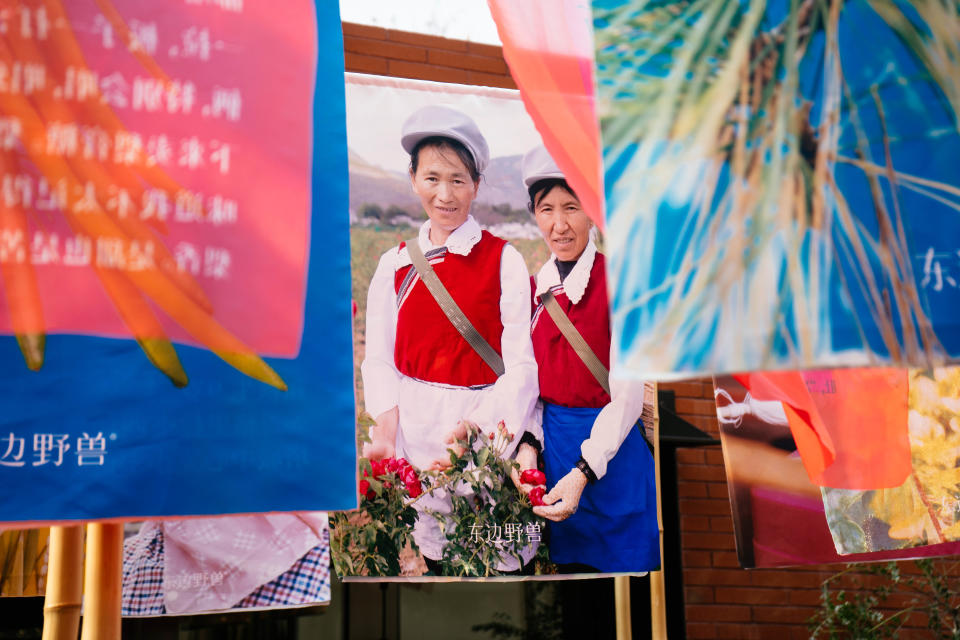
While the bulk of sales still comes from online, namely its Tmall store and its WeChat Mini Program, Herbeast has quickly gained street credibility for hosting offline pop-ups under the theme “Herbs Can Heal,” which is traveling from Shanghai to Wuhan next month.
According to Yisa He, founder of Herbeast, who has extensive experience as a product manager at L’Oréal, the brand will focus on content creation and community-focused initiatives this year. “This is only the second year for our brand, so reaching a certain sales target is not our main objective this year. We are still building out our core assets, which include the brand and its followers.”
In 2022, Hangzhou-based Florasis announced that it has plans to invest more than 1 billion renminbi, or $145 million, in R&D in the next five years.
Founded in the same year as Yatsen’s Perfect Diary, Florasis was previously known for its association with China’s top livestreaming star Austin Li. After Li’s downfall, Florasis quickly repositioned itself as a research-based cosmetics company.
Last March, Florasis hired Huiliang Li, an esteemed beauty researcher in the business, to head up its research center, aimed at “advancing the development of an oriental beauty research system based on Chinese medicine theories.”
Its bestseller, a setting powder that has been upgraded five times in the past five years, is powered by a patented formula with local ingredients such as Pueraria Mirifica, Forsythia and Zhi Mu.
“The focus will be on improving our formulation process, which in turn can improve our powder’s capacity to control excess shine and maintain a silky finishing throughout the day,” said Guang Chen, Florasis’ director of sales and operations for its overseas business.
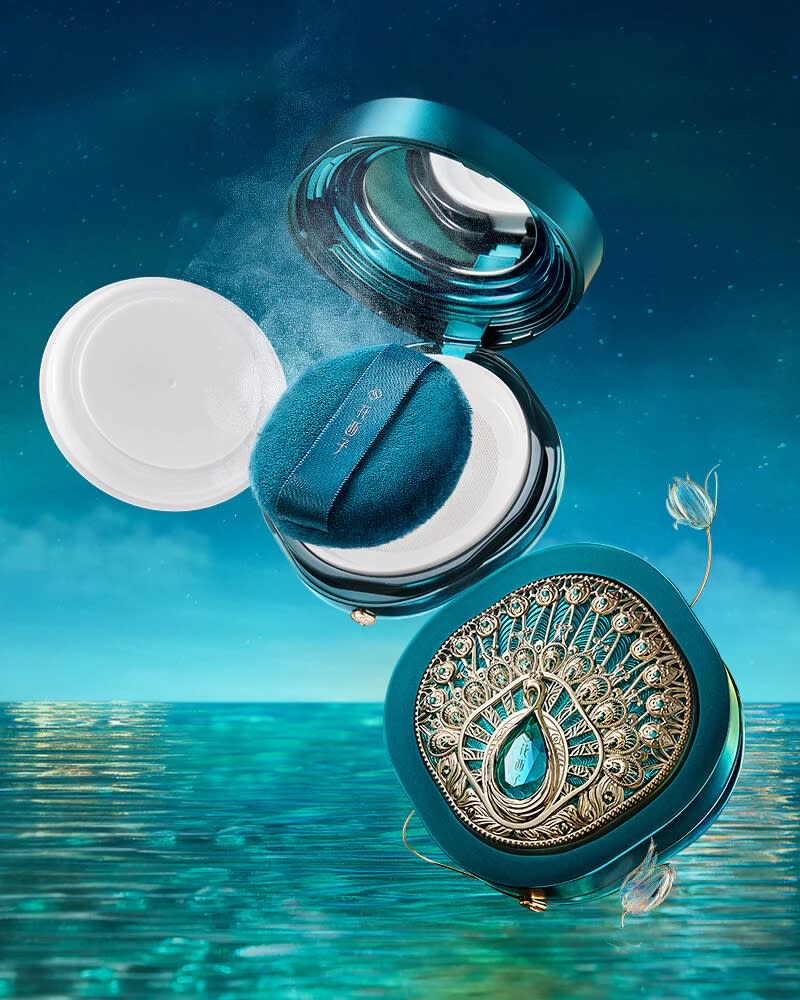
In 2023, Florasis will invest more than 20 million renminbi, or $2.9 million, in the Japanese and South East Asian markets and introduce localized product offerings to suit offshore market needs.
“In Japan and around the world, our pricing will be slightly higher than in mainland China. This decision based on tariffs, labor costs and logistics,” Chen said.
Last December, the five-year-old Florasis opened its first brick-and-mortar flagship by the scenic West Lake in Hangzhou, an art gallery-like space to showcase its products and traditional Chinese craftsmanship. The same store concept was realized at the brand’s pop-up at Tokyo’s Cosme Flagship store this February.
Florasis’ engraved lipsticks, makeup palettes with jewelry cases that depict ancient love stories, along with its bestselling setting powder, were perceived by Japanese netizens as “cute and artistic.” This November, the brand will release a series of cosmetics products exclusively released in overseas markets.
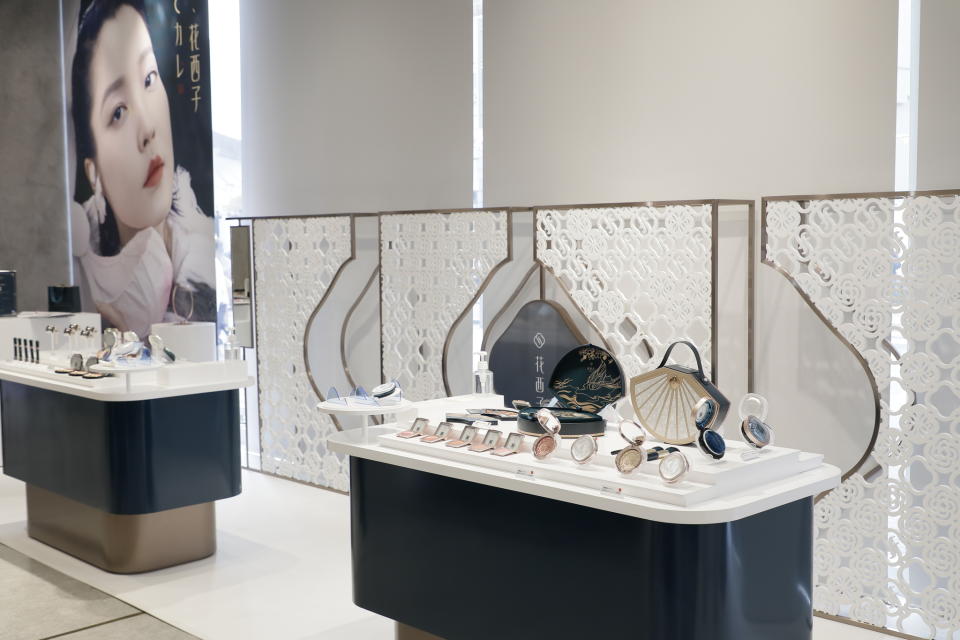
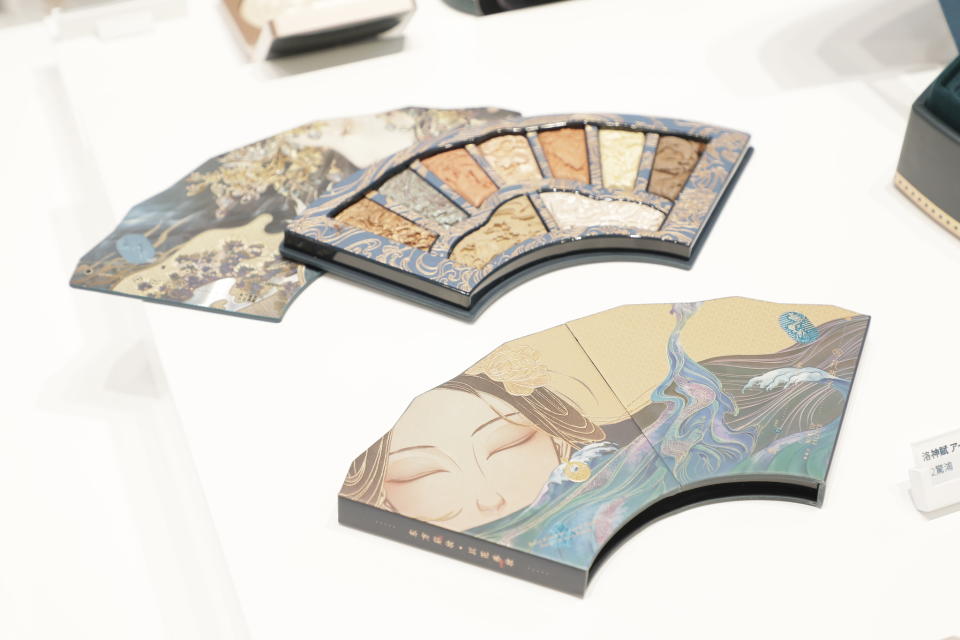
With all the clever branding exercises around science-driven products, Hu and Zheng both think it remains challenging for beauty brands to build up a reputation as compared to their Western counterparts. But Hu sees opportunities for C-beauty brands that can take ownership of a niche category.
“We are seeing a trend that the Chinese consumers’ perception of beauty is more diverse, so there’s the opportunity for subcategory growth,” Hu said. “A niche could be a routine, a lifestyle, or a feeling of convenience and comfort in using a certain product. This means brands could develop an innovative product format, not merely focus on the formulation or ingredient, because the latter is more costly to develop. C-beauty’s opportunity is to build a hero product that international brands are not focusing on but remains essential for Chinese customers.”
Hu flagged K-Beauty brand Kahi and Chinese cleansing brand Zhuben as success stories in taking this kind of approach.
Kahi is known for its wrinkle-reducing moisturizing balm and Zhuben for its aromatherapy cleansing oil, which propelled the brand to reach 1.2 billion renminbi, or $174 million, in GVM last year.
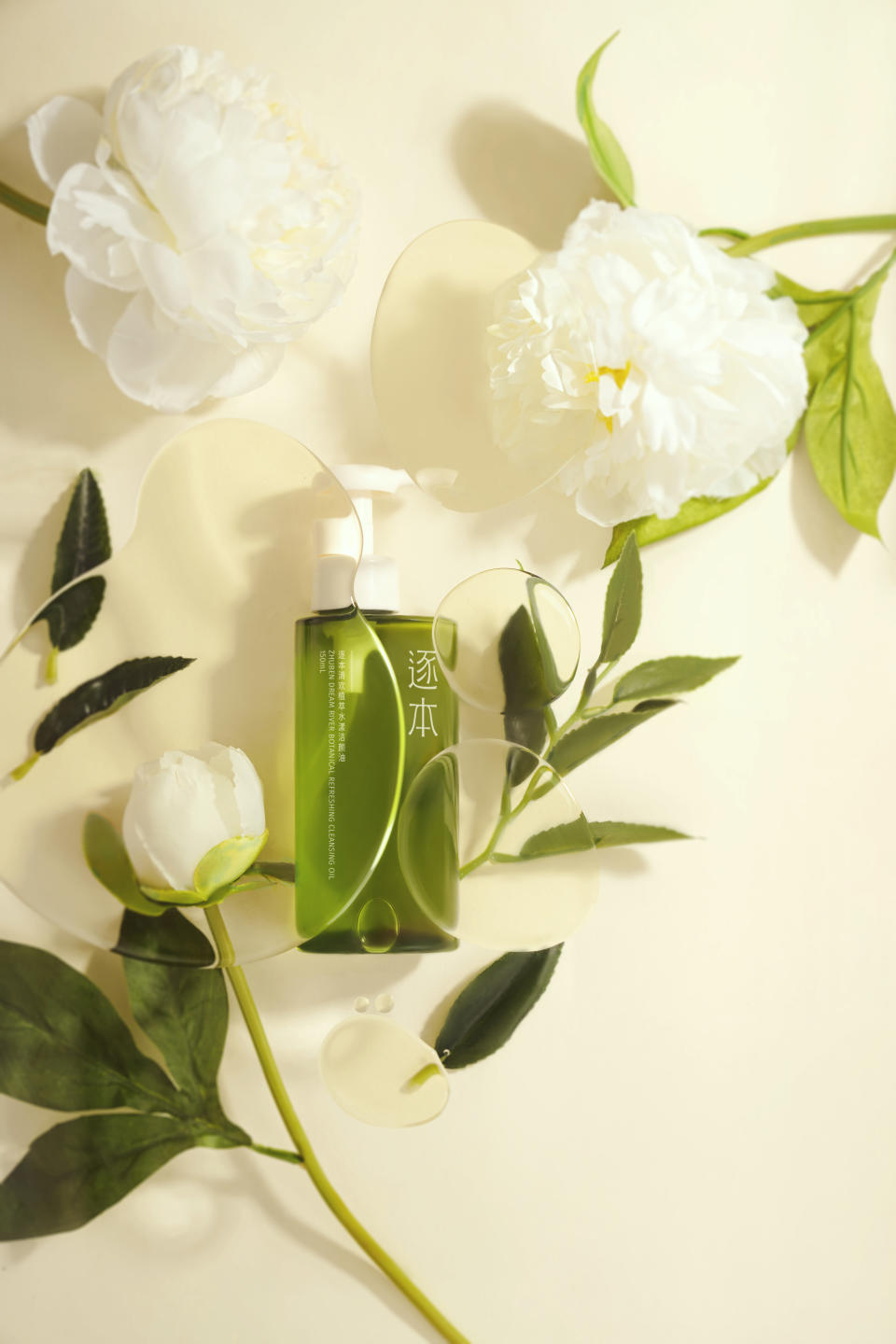
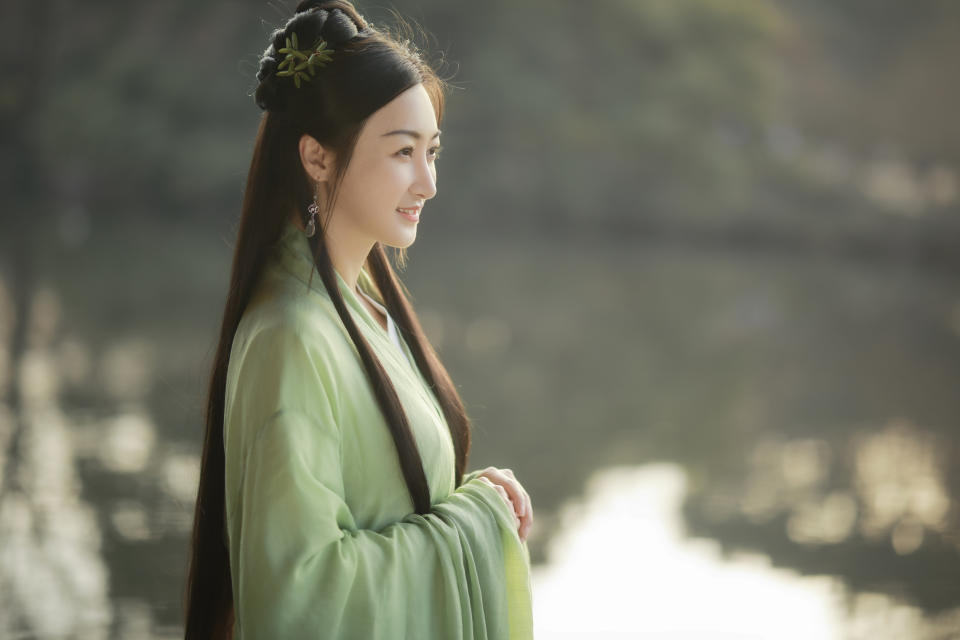
Just like the “10-step skin care routine” popularized by South Korean beauty brands and bloggers, C-beauty content creators can be credited for popularizing the combination use of Vitamin C and Vitamin A serums via a catchy “zao C wan A,” or “Morning C, Evening A” slogan.
“Chinese did not create the routine, we have seen some dermatologists and influencers in other countries talking about the benefit of the two ingredients, but we have to thank the Chinese influencers and brands for coming up with a catchy slogan that consumers can easily remember and adopt,” Hu observed. “But the market always wants new things, so maybe we will have a different routine slogan this year.”
Best of WWD

